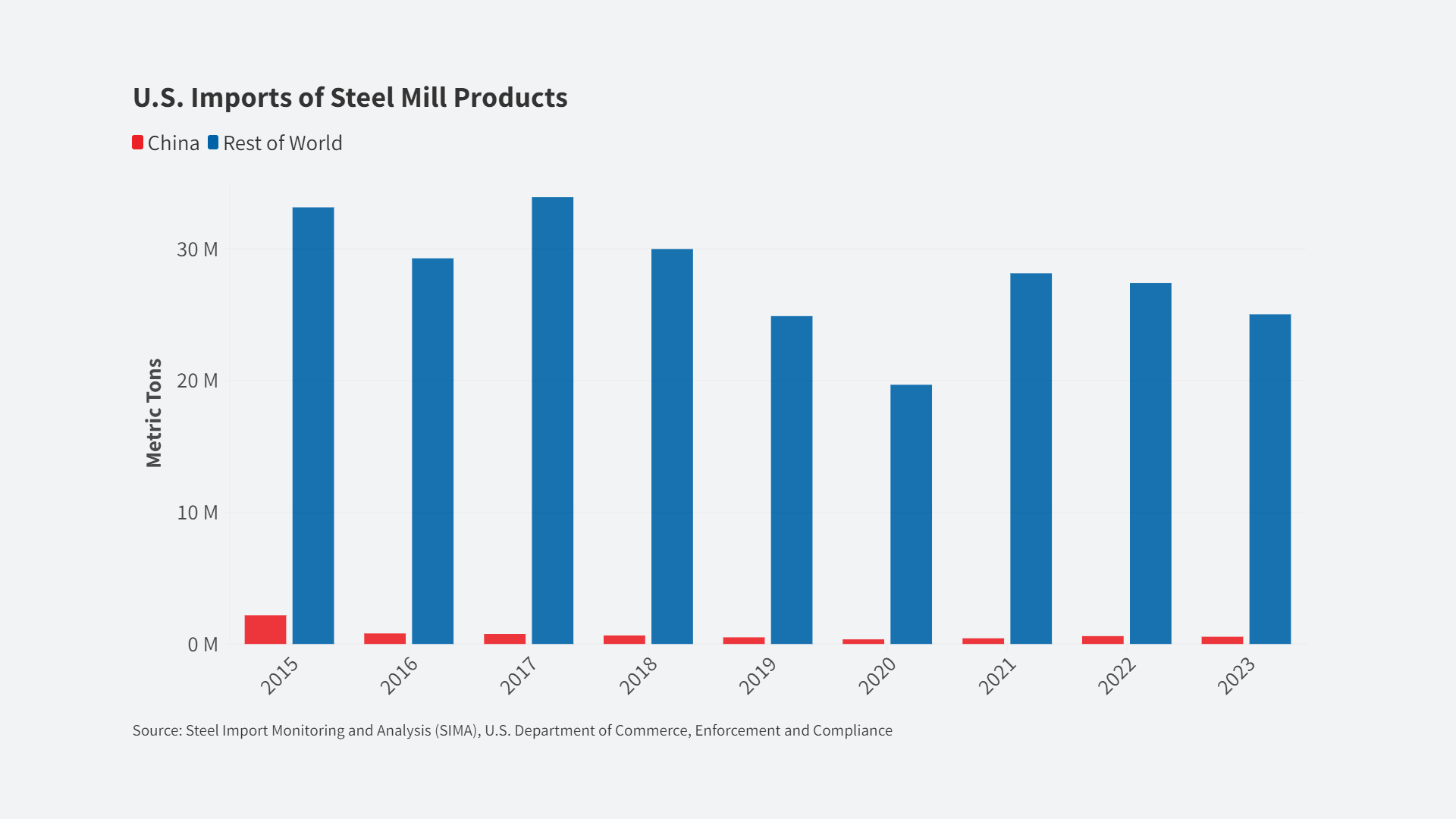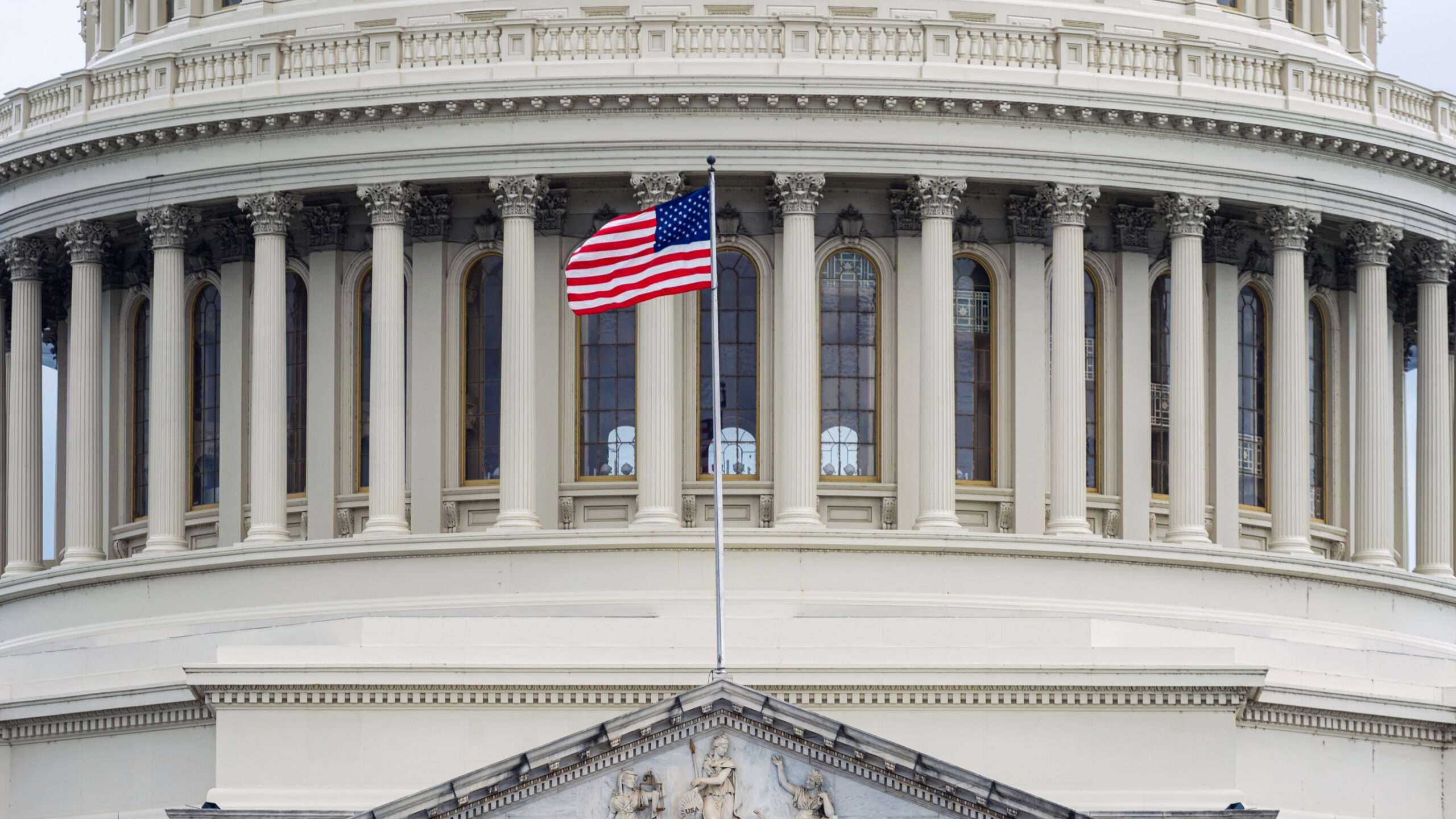
Americans opposition to job-killing trade policies fueled the stunning Sanders upset victory in Michigan. But it also could be a deciding factor in the general election, especially with Donald Trump being the likely GOP nominee. The Michigan outcome shows the potency of the trade issues and foreshadows the trouble Hillary Clinton could face in Midwestern states in a race against Trump.
[Lori Wallach| March 9, 2016 |Public Citizen]
On a bipartisan basis, the elite political class has systematically misread the depth of voters’ ire about the damage done by 20 years of NAFTA-style trade deals supported by Democratic and GOP presidents alike. Or they have dismissed voters’ anger as ill-informed. This new data released today (also pasted in below) by Public Citizen shows, the voters have it right:
· The aggregate U.S. goods trade deficit with Free Trade Agreement (FTA) partners is more than five times as high as before the deals went into effect, while the aggregate trade deficit with non-FTA countries has actually fallen. (The aggregate U.S. trade deficit with FTA partners has increased by about $141 billion, or 418 percent, since the FTAs were implemented. In contrast, the aggregate trade deficit with all non-FTA countries has decreased by about $46 billion, or 6 percent, since 2005 (the year before the median entry date of existing FTAs)).
· Using the Obama administration’s net exports-to-jobs ratio, the FTA trade deficit surge implies the loss of over 736,000 U.S. jobs. This does not even take into account job loss from our soaring trade deficit with China.
· Two factors fuel the FTA deficits: soaring imports into the United States from FTA partners and lower growth in U.S. exports to those nations than to non-FTA nations. Growth of U.S. exports to FTA partners has been 29 percent lower than U.S. export growth to the rest of the world over the last decade.
Job-Killing Trade Deficits Surge under FTAs: U.S. Trade Deficits Grow 418% with FTA Countries, but Decline 6% with Non-FTA Countries
The aggregate U.S. goods trade deficit with Free Trade Agreement (FTA) partners is more than five times as high as before the deals went into effect, while the aggregate trade deficit with non-FTA countries has actually fallen. The key differences are soaring imports into the United States from FTA partners and lower growth in U.S. exports to those nations than to non-FTA nations. Growth of U.S. exports to FTA partners has been 29 percent lower than U.S. export growth to the rest of the world over the last decade (annual average growth of 3.8 percent to non-FTA nations vs. 2.7 percent to FTA nations from 2005 to 2015).[i]
The aggregate U.S. trade deficit with FTA partners has increased by about $141 billion, or 418 percent, since the FTAs were implemented. In contrast, the aggregate trade deficit with all non-FTA countries has decreasedby about $46 billion, or 6 percent, since 2005 (the year before the median entry date of existing FTAs). Using the Obama administration’s net exports-to-jobs ratio,[ii] the FTA trade deficit surge implies the loss of over 736,000 U.S. jobs. The North American Free Trade Agreement (NAFTA) contributed the most to the widening FTA deficit – under NAFTA, the U.S. trade deficit with Canada has ballooned and a U.S. trade surplus with Mexico has turned into a more than $100 billion deficit. More recent deals have produced similar results. Under the 2012 Korea FTA, the U.S. template for the Trans-Pacific Partnership, the U.S. trade deficit with Korea has already surged 83 percent.
“Higher Standards” Have Failed to Alter FTA Legacy of Ballooning Trade Deficits
Some proponents of status quo trade have claimed that post-NAFTA FTAs have included higher standards and thus have yielded trade balance improvements.[iii] But the Korea FTA included the higher labor and environmental standards of the May 10, 2007 deal, and still the U.S. trade deficit with Korea has grown over 80 percent in the four years since the deal’s passage. Meanwhile, most post-NAFTA FTAs that have resulted in (small) trade balance improvements did not contain the “May 10” standards. The evidence shows no correlation between an FTA’s inclusion of “May 10” standards and its trade balance impact. Reducing the massive U.S. trade deficit will require a more fundamental rethink of the core status quo trade pact model extending from NAFTA through the Korea FTA, not more of the same.
Corporate FTA Boosters Omit Imports, Use Errant Methods to Claim Higher Exports under FTAs
Members of Congress will invariably be shown data by defenders of our status quo trade policy that appear to indicate that FTAs have generated an export boom. Indeed, to promote congressional support for new NAFTA-style FTAs, industry associations like the U.S. Chamber of Commerce have funded an entire body of research designed to create the appearance that the existing pacts have both boosted exports and reversed trade deficits with FTA partner countries. This work relies on several methodological tricks that fail basic standards of accuracy:
· Ignoring imports: U.S. Chamber of Commerce studies regularly omit mention of soaring imports under FTAs, instead focusing only on exports.[iv] But any study claiming to evaluate the net impact of trade deals must deal with both sides of the trade equation. In the same way that exports are associated with job opportunities, imports are associated with lost job opportunities when they outstrip exports, as dramatically seen under FTAs.
· Counting “foreign exports”: The U.S. Chamber of Commerce errantly claims that the United States has a trade surplus with FTA nations by counting foreign-made goods as “U.S. exports.” Their data include “foreign exports” – goods made elsewhere that pass through the United States without alteration before being re-exported abroad. Foreign exports support no U.S. production jobs and artificially diminish real FTA deficits.[v]
· Omitting major FTAs: The U.S. Chamber of Commerce has repeatedly claimed that U.S. export growth is higher to FTA nations that to non-FTA nations by simply omitting FTAs that do not support their claim. One U.S. Chamber of Commerce study omitted all FTAs implemented before 2003 to estimate export growth.[vi]This excluded major FTAs like NAFTA that comprised more than 83 percent of all U.S. FTA exports. Given NAFTA’s leading role in the 418 percent aggregate FTA deficit surge, its omission vastly skews the findings.
· Failing to correct for inflation: U.S. Chamber of Commerce studies that have claimed high FTA export growth have not adjusted the data for inflation, thus errantly counting price increases as export gains.7
· Comparing apples and oranges: The U.S. Chamber of Commerce has claimed higher U.S. exports under FTAs by using two completely different methods to calculate the growth of U.S. exports to FTA partners (an unweighted average) versus non-FTA partners (a weighted average).[vii] This inconsistency creates the false impression of higher export growth to FTA partners by giving equal weight to FTA countries that are vastly different in importance to U.S. exports (e.g. Canada, where U.S. exports exceed $230 billion, and Bahrain, where they do not reach $2 billion), despite accounting for such critical differences for non-FTA countries.
|
FTA Partner |
Entry Date |
Pre-FTA Trade Balance |
2015 Balance |
Change in Balance Since FTA |
|
Israel* |
1985 |
($1.0) |
($16.7) |
($15.7) |
|
Canada |
1989 |
($24.0) |
($61.4) |
($37.4) |
|
Mexico |
1994 |
$2.6 |
($106.9) |
($109.5) |
|
Jordan |
2001 |
$0.3 |
($0.2) |
($0.5) |
|
Chile |
2004 |
($2.0) |
$5.2 |
$7.2 |
|
Singapore |
2004 |
$0.8 |
$6.2 |
$5.4 |
|
Australia |
2005 |
$7.4 |
$11.8 |
$4.4 |
|
Bahrain |
2006 |
($0.1) |
$0.3 |
$0.5 |
|
El Salvador |
2006 |
($0.2) |
$0.4 |
$0.7 |
|
Guatemala |
2006 |
($0.6) |
$1.3 |
$1.8 |
|
Honduras |
2006 |
($0.7) |
$0.4 |
$1.1 |
|
Morocco |
2006 |
$0.1 |
$0.5 |
$0.5 |
|
Nicaragua |
2006 |
($0.7) |
($2.1) |
($1.3) |
|
Dominican Republic |
2007 |
$0.6 |
$2.0 |
$1.4 |
|
Costa Rica |
2009 |
$1.2 |
$0.8 |
($0.4) |
|
Oman |
2009 |
$0.6 |
$1.3 |
$0.8 |
|
Peru |
2009 |
($0.2) |
$2.5 |
$2.7 |
|
Korea |
2012 |
($15.5) |
($28.4) |
($12.9) |
|
Colombia |
2012 |
($10.0) |
$1.1 |
$11.1 |
|
Panama |
2012 |
$7.8 |
$6.7 |
($1.1) |
|
FTA TOTAL: |
|
($33.8) |
($175.1) |
($141.3) |
|
Non-FTA TOTAL: |
[2006] |
($801.0) |
($755.0) |
$46.0 |
|
FTA Deficit INCREASE: 418% Non-FTA Deficit DECREASE: 6% |
||||
|
Source: U.S. International Trade Commission. Units: billions of 2015 dollars. (*Measured since 1989 due to data availability.) |
||||













